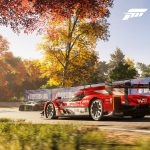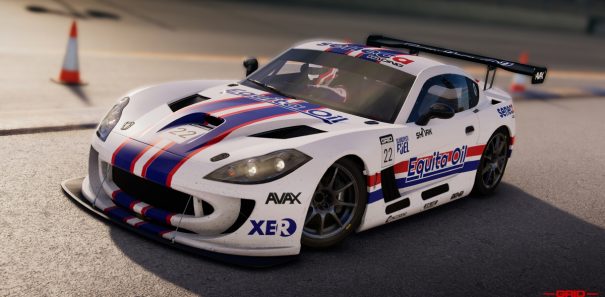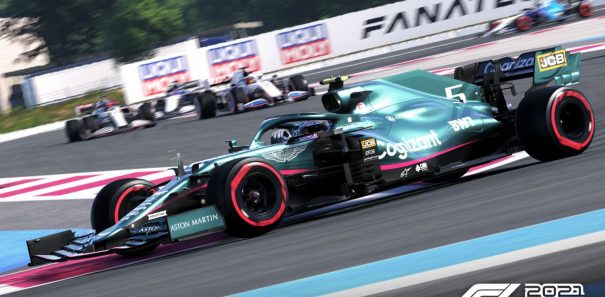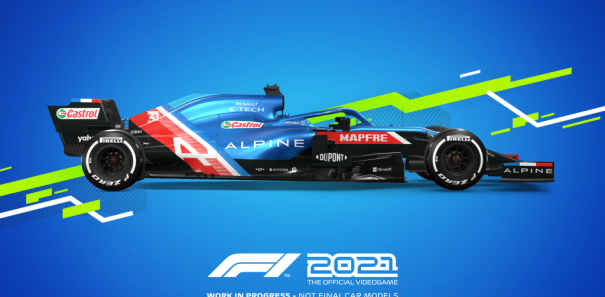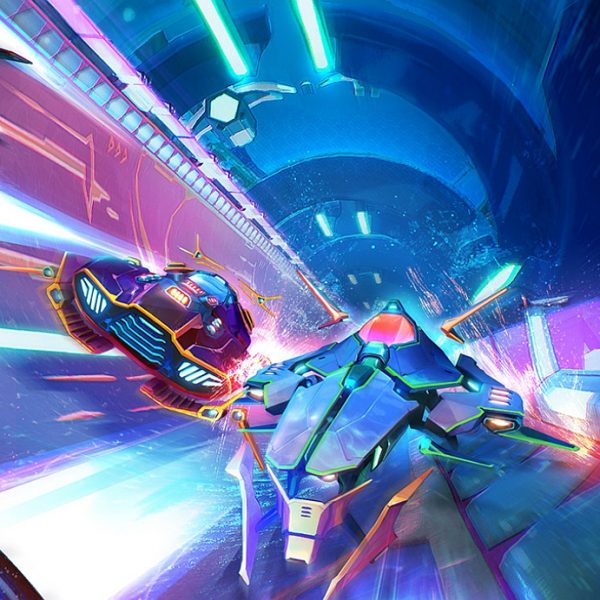With Codemasters focusing on DiRT’s brand of off-road rallying the past few years, its sister circuit racing series GRiD has taken a backseat. Indeed, while DiRT has enjoyed four installments with another already hinted to be in development, it’s now been five long years since the original Grid sped off the line to considerable fanfare.
For many, the original GRiD represents the very pinnacle of Codemasters’ track racing games before their acquisition of the F1 license. The reason is simple: GRiD made racing games fun again at a time when the genre was starting to rust.
GRiD’s rich variety of racing disciplines was wholly refreshing at the time, and its races were gritty, bumper to bumper affairs thanks to some inspired AI that meant its opponents behaved like human drivers jostling for position who realistically reacted to your actions – a stark contrast to the robotic drones that remained resolutely glued to the racing line in other games on the market.
The excitement was heightened by its sense of danger and consequence, with an advanced damage modelling system that has rarely been bettered. In short, GRiD perfectly encapsulated the excitement of motorsport, and fans have been clamouring for a follow-up ever since.
It’s fair to say, then, that this long-awaited sequel has a lot to live up to its predecessor’s legacy. The problem is, the genre has evolved considerably in the five years leading up to Grid 2. Can Codemasters work their way back up the grid?
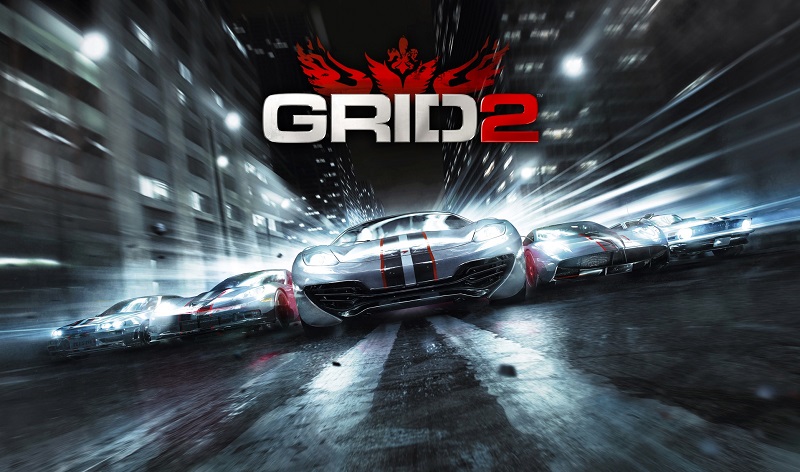
Career calamity
Grid 2 attempts to differentiate itself by tracing back to its narrative roots first seen in the original Race Driver, which was since abandoned in subsequent sequels. The career is centred on the World Series Racing hosted by self-made millionaire hotshot Patrick Callingham, a fictional championship that aims to amalgamate every conceivable racing discipline from obese US muscle cars to nippy Euro hot hatches and tuned touring cars into one globe-trotting extravaganza.
Unfortunately, Grid 2’s career has been completely stripped down, and the end result feels like a shadow of its former self.
The rags to riches premise and team management of the first Grid have been disgarded, replaced with a pretentious plot that attempts to capitalise on the current social media bandwagon. Grid 2’s career documents the inception and subsequent rise of the WSR, and its surge in popularity is depicted by your rising numerical tally of fans.
These fans act as your meter of progression to unlock events and cars, but it’s completely superficial. Finish a race, and you’re forced to watch a painfully long, unskippable clip that counts how many fans you’ve gained, but there’s no way of further interacting with them to make the career more involving.
Fans replace the traditional currency system, too. Instead of buying and selling cars and negotiating sponsorships, cars are rewarded at regular intervals, leaving you with little sense of ownership. Consequently, it’s hard to form a connection with specific cars, especially when the choice is constantly shaken up for different events. At certain points you are also asked to choose from one of two set cars in the same class, with the option to win the other in a separate event which further highlights the lack of freedom of choice.
Personalisation options are also disappointingly limited, again adding to the feeling of detachment towards your car collection. Cars cannot be tuned or upgraded, and the livery editor is restricted to pre-set low resolution sponsorship decals, but you have no say on where they are placed – you’ll most likely want to randomise them, since the limited options give you no incentive to invest any time.
On the plus side, the wafer-thin narrative never feels too overbearing, and is devoid of distracting cut scenes (save for a few cringe-worthy live action videos hosted by real life ESPN presenters in an effort to contextualise the championship), allowing you to concentrate on the races.
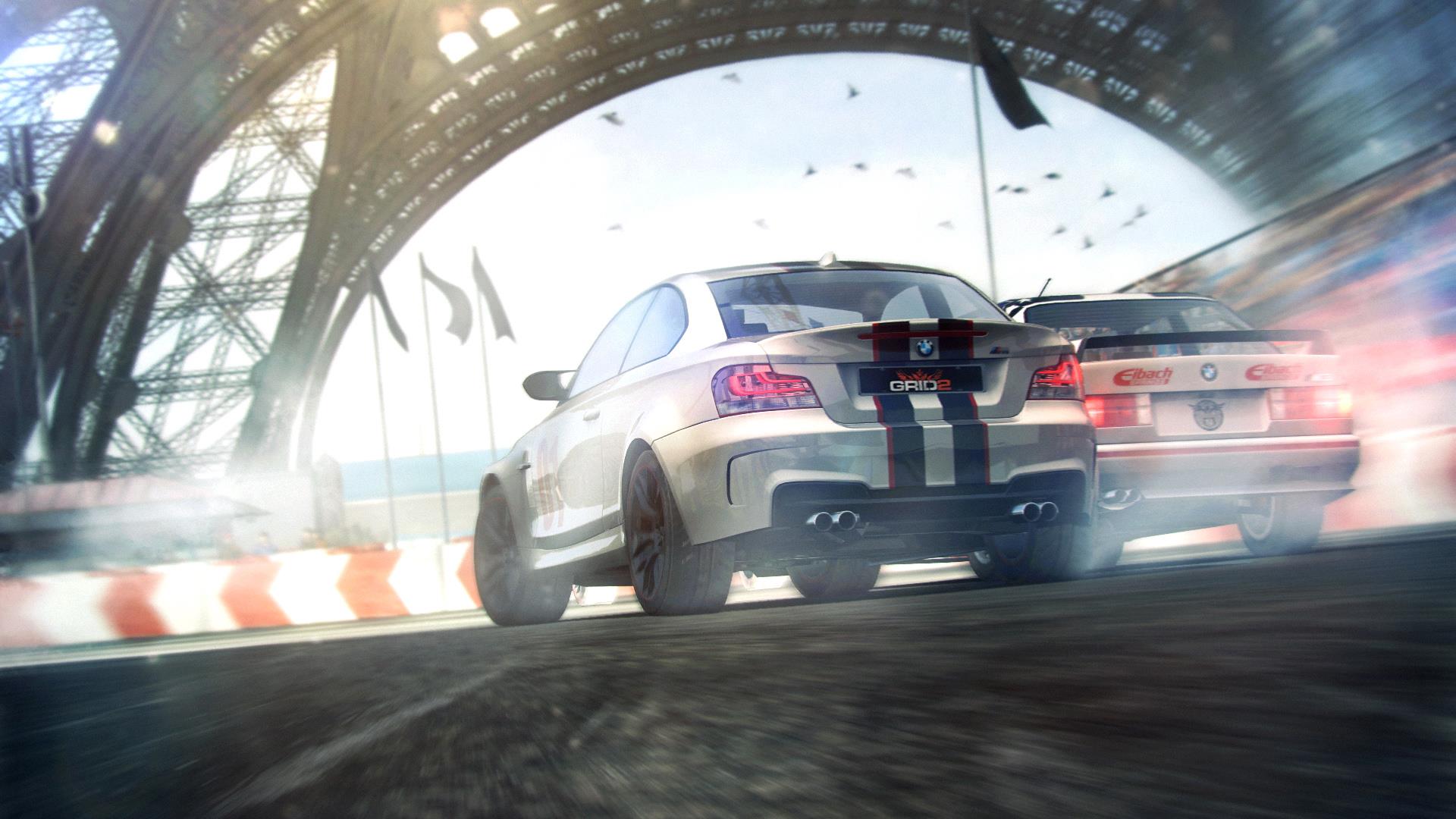
As an established racing driver, you are recruited by Patrick to enlist other drivers by competing with regional car clubs in the first three seasons, starting with the US before working your way up to Europe and finally Asia. Subsequent seasons see WSR break out into the mainstream courtesy of the ESPN on prime time TV, with events spanning all three locations.
Divided into five seasons, what follows is a repetitive run of races with no freedom to branch out. Instead, it’s a decidedly linear path and tracks are frequently repeated throughout events in the same season, making the earlier seasons, which tie you to a specific location, in particular feel like a repetitive grind.
Race types are limited in the earlier seasons, ranging from traditional 12 car races and eliminations, whereby the racer in last position gets disqualified at regular intervals, to one-on-one face offs and point-to-point road races. These point-to-point events are a particular treat, set on winding roads that evoke the same white knuckle intensity of DiRT’s rally stages.
Thankfully, after a slow start things begin to shift up a gear once you reach Asia with the introduction of Touge, Drift and Checkpoint events. Touge puts a compelling spin on Faceoff events by enforcing a no contact rule, with victory obtainable if either competitor manages to get far in front or behind, making for some intense battles.
Drifting has been drastically improved in that they are more accessible than before, although this does eradicate the challenge as powerslides can be pulled off with relative ease by simply throwing the car into a corner to kick the back end out and aiming as close to the apex as possible to rack up the points. I also found these events a tad too forgiving – sometimes I only pulled off one extended drift and messed up the others, yet I miraculously finished in first place.
Checkpoint races on the other hand pile on the pressure, adding time onto every passing checkpoint until you inevitably run out of time. Meanwhile, additional sponsorship side events and promos offer alternative ways to pass the time, including overtaking challenges that have you passing a parade of pickups as quickly and cleanly as possible, which requires a surprising amount of finesse. These events act as a welcome break from samey slew of races that make up the WSR.
It had potential, but Grid 2’s condensed career sadly doesn’t live up to the grandiose racing series that Codemasters tried to depict – its half-hearted execution and linear format leave a lot to be desired, and it suffers as a result. No matter how much Patrick drones on about the significance of the WSR, the premise just never felt engaging.
Drifting apart
Whereas GRiD’s handling found that all important sweet-spot between arcade accessibility and hardcore simulation, Grid 2’s attempt to rekindle its happy marriage is less successful. Cars feature different handling characteristics that incorporate the nuances of their real life counterparts, so driving a lumbering Dodge Charger muscle car requires different driving techniques to a snappy Volkswagen hatchback, for example, but the overarching driving mechanics lean heavily towards the arcade spectrum.
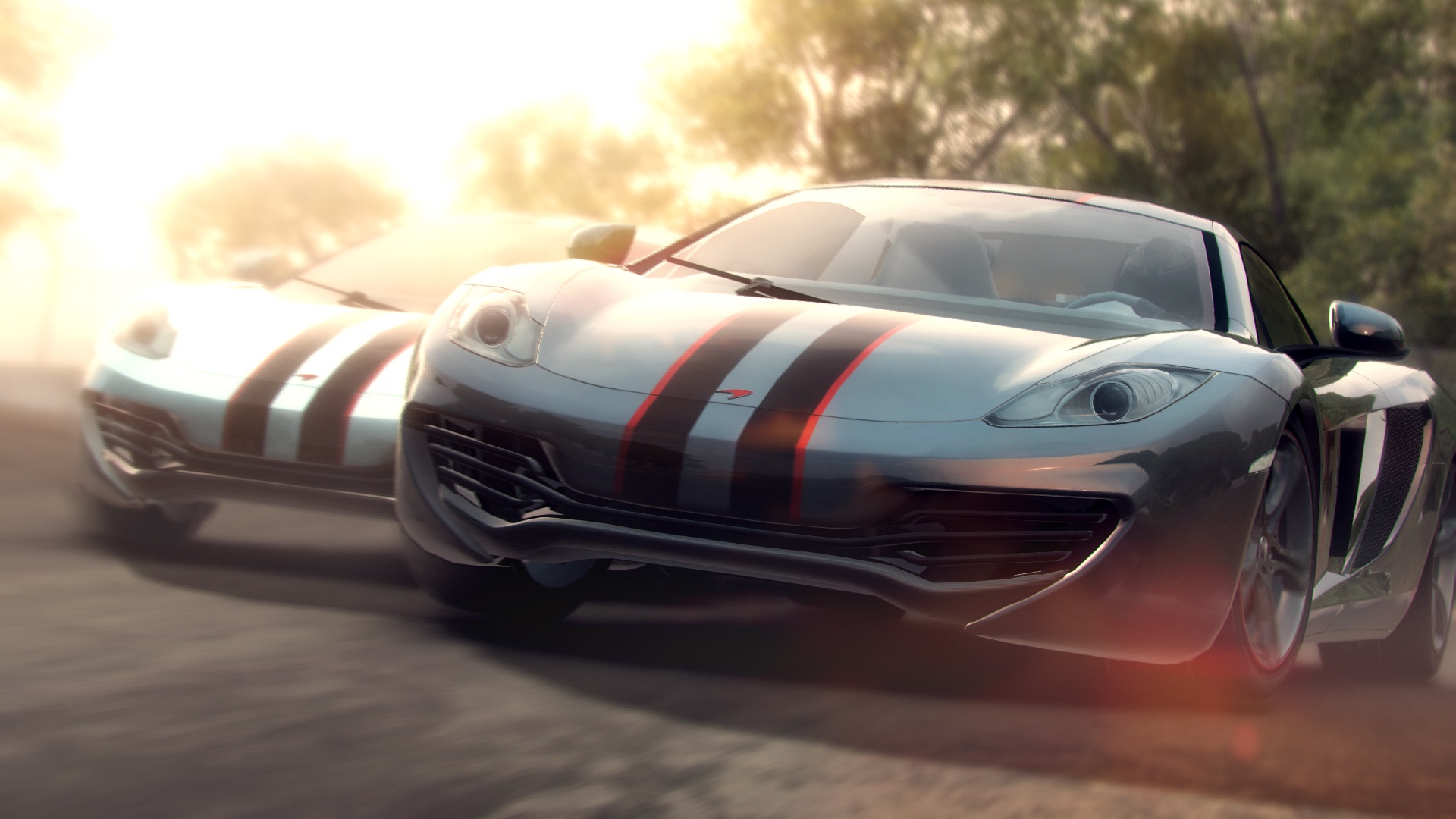
Grid 2’s handling is derived from a reworked system that Codemasters called TrueFeel. No matter what you drive, Codemasters want you to have instant fun yet make you feel like you are a professional racing driver in the midst of a dramatic race.
As such, Grid 2’s cars love to oversteer excessively around corners, which is fun and satisfying as you dab the throttle and carefully countersteer to hold the slide and maintain your position. In this sense, Grid 2 does a terrific job of making you feel as if you are constantly driving on the edge and pushing your car to the limit as you wrestle for control. It’s a handling model that was clearly primarily designed for the pad, though: driving feels too twitchy on a wheel, although you do get a better feel of throttle control. Don’t be surprised when you end up with achy arms from all that powersliding.
In practice however, Grid 2’s one-size-fits-all model proves to be its undoing. Unlike in GRiD, you can’t configure the setup and fiddle with the assists to suit your skill level. Likewise, this also means you can’t setup your car to account for the different track layouts. Hammering round tight city corners sideways is fun, but it feels out of place on the real world racing circuits that require precision driving. And as there’s little loss in speed, more often than not it’s quicker to powerslide round every corner than execute proper racing tactics such as braking points and following the racing line.
It’s hard not to shake off the feeling that Grid 2’s handling could be the by-product of some conflicting design decisions during the development. It’s almost as if Codemasters wanted to go back to their roots and create a more realistic driving experience, only to change their mind and favour a more arcade approach to keep it accessible. The result is a fun but flawed driving experience that isn’t very intuitive.
Out on the track, Grid 2 is never anything less than exuberant. The locations are positively brimming with life and ambience: swarms of spectators cheer you on as you hurtle past, whilst helicopters swoop past and flurries of fireworks light up the skyline.
The result is a game that is often beautiful to behold. Grid 2’s environments, for example, rank as some of the best-looking in any racing game this generation. Every track is exquisitely detail, from the well-worn ragged roads of the California Coast to the more subtle flourishes such as the sparks that shimmer off Chicago’s overhead rail line, leaves fluttering off trees and even a squirrel that scurries out of harms way.
This flamboyance comes at a cost, however. Consequently, the current crop of consoles struggle to cope under the strain and suffer from performance issues whilst lacking some of the graphical glitz of the plush PC version. Slowdown particularly plagues the PS3 edition, which is noticeably choppy when you’re blistering through some of the densely detailed city tracks against a full grid or have a multi-car pileup. It scuppers the sense of speed somewhat, and even the scrolling statistics that have become a Codemasters staple during the long loading screens stutter. Car models fare less well compared to the lush environments, too, thanks to some anti-aliasing issues and low resolution textures – you’ll see what I mean when your bonnet gets torn off to reveal an engine compartment that clearly wasn’t designed to be seen up-close.
Then there’s the controversial removal of the cockpit camera. Codemasters claim that only 5% of players raced with the resource-heavy in-car view, so they decided to omit it altogether from Grid 2 in favour of optimising the graphics. It’s a decision that prompted a torrent of backlash from the community, and it’s difficult to see the trade-off when the console games still suffer from framerate issues. The bonnet camera is therefore your only available substitute which admittedly suits my personal preference as it still conveys a palatable sense of speed, but removing the cockpit camera completely contradicts Codemasters’ pledge for ‘total raceday immersion.’ The bumper camera, on the other hand, is situated so low to the ground that it’s unusable.
GRiD was renowned for its cinematic camera angles that made watching the replays endearing as you soaked in the action. Sadly, Grid 2’s replays absolutely pale in comparison. There’s a distinct lack of TV-style camera angles and my attempts to relive a spectacular crash were often unsuccessful as the game persistently chose to present the incident with the bumper camera, thus missing the action entirely. And just to add insult to injury, there’s no photo mode included to snap those smashes, either.
Gridlocked
As pretty as the locations look, the actual track designs aren’t very memorable for the most part. The California Coast and the high altitude Asian mountain passes make for some enthralling duels heightened by the acute angulation, as do the tight night time Paris street circuits, but nothing manages to surpass the heights of GRiD’s San Francisco circuit.
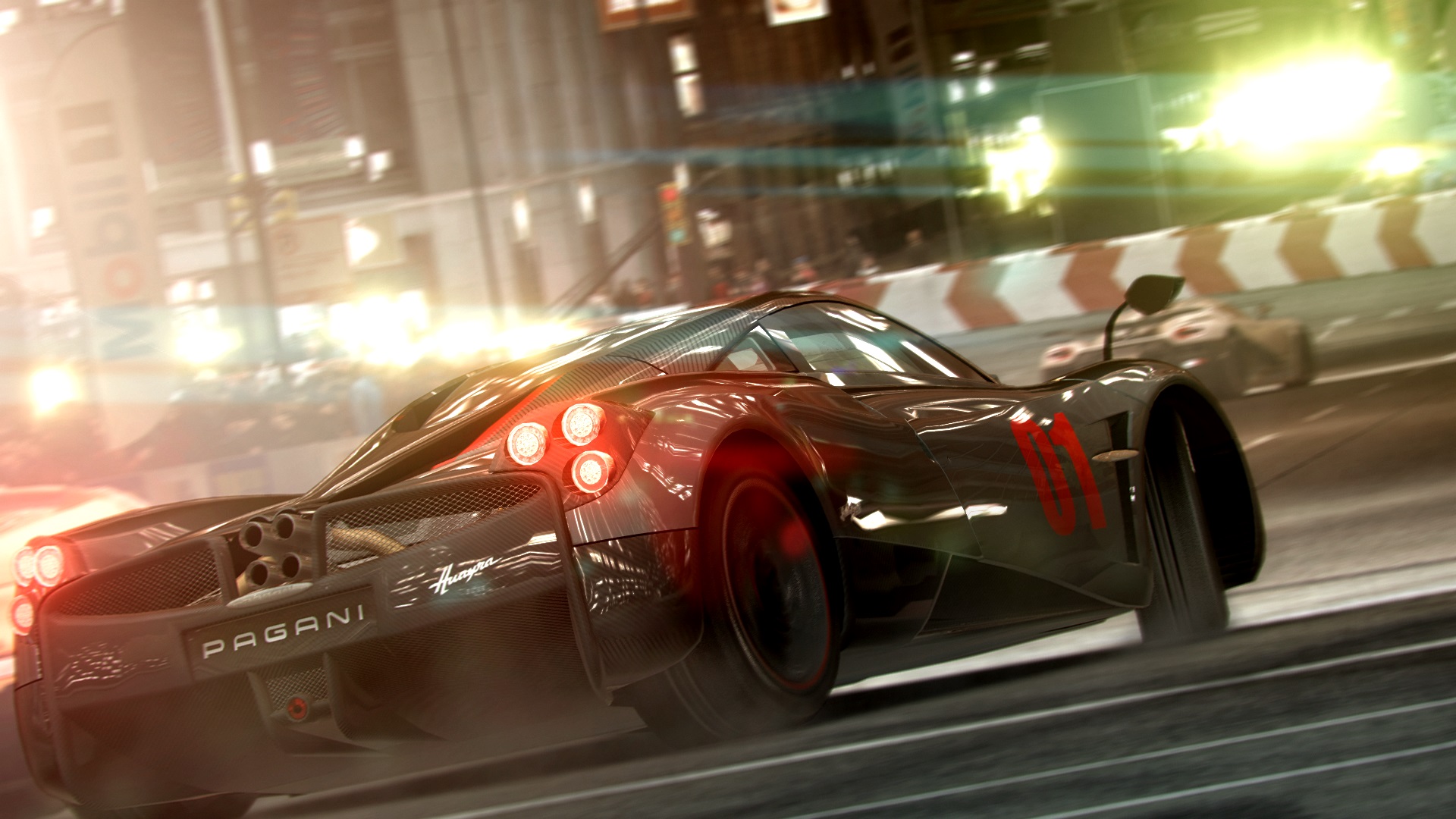
While there’s a variety of global locations on offer, Grid 2’s track selection is saturated with an overabundance of fictional city courses that would feel more at home in Project Gotham Racing. It’s perhaps indicative of Grid 2’s arcade credentials – a comparison that is reinforced by its tail-happy handling. The narrow nature of the city tracks also restrict overtaking opportunities, which increases the need to be aggressive, but the samey nature of the city tracks is jarring.
Indeed, it’s disappointing to find such a pitiful number of real world circuits available. Brands Hatch is a welcome inclusion that represents a rare trace of Codemasters’ British heritage, but the likes of the Red Bull Ring and Indianapolis are underwhelming substitutes for the infinitely more exciting Nurburgring and Le Mans circuits that featured in the original. It’s particularly baffling when you consider Codemasters have used a multitude of real world tracks in their backcatalogue of racing games over the years, though we suspect they are holding back some additional real world tracks for some post-release DLC.
It’s a similar story for the car roster. Grid 2’s car list is serviceable if unremarkable, with a decent variety of road-going US muscle cars such as the Ford Mustang and Dodge Charger, classic German greats including the BMW M3 E30 and Mercedes 190 W201 and slick supercars such as the Aston Martin Vanquish and McLaren MP4/12C, but there’s far less race-tuned material than before other than a couple of touring cars.
Case in point: open wheel cars are nowhere to be found in Grid 2. That is unless you have access to the IndyCar DLC, but after attempting to drive the erratic IndyCar it’s clear why Codemasters opted not to feature more single seaters. Grid 2’s TrueFeel physics simply don’t apply to open wheel cars very well – watching an IndyCar sliding round corners just looks comical, frankly.
Speaking of DLC, Codemasters are planning to support Grid 2 with monthly DLC supplements, which started with a barrage of car and track packs available from day one. Some were segregated as preorder bonuses exclusive to certain retailers, but you’ll still have to shell out if you want to own every pack. Unsurprisingly, the more desirable high performance cars were saved for the dlc and presumably some more single seaters will be issued later down the line. Consequently, it’s hard not to feel short changed by Grid 2’s lack of race cars with the knowledge that Codemasters want to charge you extra for the privilege.
Races are lively, gritty and intense affairs (if often too short for our liking – Grid 2 favours short but sweet 3 lap races the majority of the time), but the AI opponents are wildly inconsistent. Sometimes they’ll slow down far too early to tackle a corner and catch you off guard. Sometimes a select few cars will zoom ahead of the pack and leave you in their dust for the entire race. Other times they’ll purposefully shunt into you or crash on the first corner. Granted, this makes for some exciting, unpredictable racing, but their homicidal aggression can be perpetually frustrating.
When you do inevitable overcook a corner or get entangled with a rival, the crashes have consequence, and if there’s one area that Codemasters continually excel at in their racing games, it’s vehicle damage – Grid 2 is no exception.
Cars crumple convincingly on impact, carbon fibre bodywork now breaks as it should and excessive damage has a profound effect on your car’s performance if you leave mechanical damage on – you’ll feel a sense of determination when you end up having to nurse your lurching car to the finish line with a wheel missing. Flashbacks also return, allowing you to correct your mistakes by rewinding back before an incident and resume play unaffected. It’s since been improved in Grid 2, as rewinds now occur instantaneously in real time Forza-style without having to load up the replay.
Changing lanes
Flashbacks were highly innovative and influential in the original Grid, as evidenced by the countless number of racing games have adopted their own copycat flashback feature ever since. Grid 2’s attempt to invigorate the genre lies with LiveRoutes, a new mode that dynamically alters the route of the track in real-time as you race. It seems unlikely that many other games will want to copy Codemasters this time, however.
LiveRoutes races can only be described as organised chaos. Available only for the city courses, the last minute on-the-fly corner changes certainly keeps you on your toes and makes for some unpredictable racing, but it’s frustratingly chaotic when a segment of track you previously memorised changes, causing you to kiss the wall. It’s amusing for the first few minutes, but inherently inane by the end of the first lap.
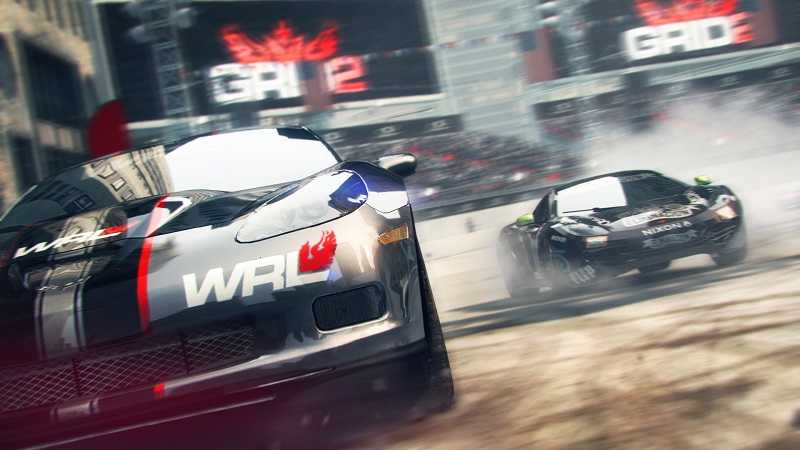
This effectively turns Grid 2’s online into a racing MMO as rising up the ranks gives you incentive to unlock faster cars, but this can take a while because you ideally need to enter full grid races if you want to level up fast. It’s a valiant attempt to differentiate Grid 2’s online racing on Codemasters’s part, but their experiment could be jeopardised if Grid 2’s online community dwindles in a few months time since it’s relying on players to stay for the long haul in order to reap the benefits.
The other problem is the lack of customisation options. While you can restrict the tiers of cars players can enter when joining or creating a race, you can’t enforce specific cars within these tiers to make the races more fair. There’s also no way to differentiate which players have upgraded their cars, which can be problematic if you want an evenly matched race.
Like the single player, racing is joyously fast and furious, but players do not get penalised for contact. Thoughtful measures have at least been put in place to prevent Grid 2’s online matches descending into a destruction derby for players who wish to race cleanly. A smart matchmaking system hooks you up with likeminded players who have an appetite for destruction thus theoretically keeping them out of harms way, and cars automatically turn into ghosts if they face the wrong way.
Grid 2 captures the thrills and spills of motor racing, but its uninspiring career and confusing hybrid handling prevent it from fulfilling its potential. Ultimately, Grid 2 feels soulless and subdued, favouring style over substance. A sequel should improve and expand on the original, but Grid 2 finishes several laps behind its five year old team mate.







